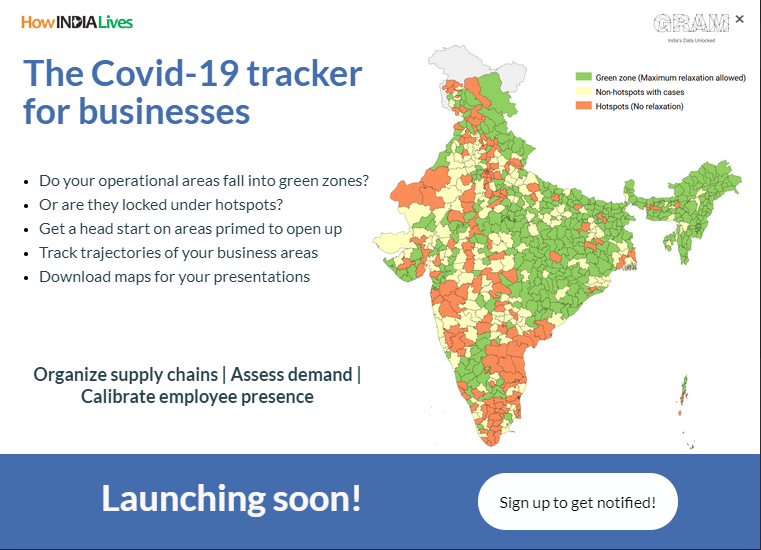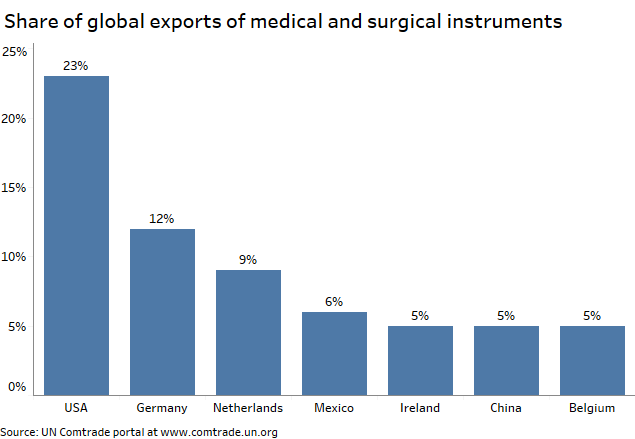
Note: this is part of the 14th edition of our weekly newsletter, the Databyte. To receive it in your inbox, subscribe here.
The coronavirus pandemic has kicked up debates on a whole range of subjects – from smartphone apps to video conferencing etiquette, from scientific research to public policy, and from privacy to freedom and fairness.
Some of the most contentious debates have been around how various governments responded to the pandemic.
This week lets take up two of them, lockdowns and testing.
Sweden and Norway
Sweden has been hitting the headlines ever since it decided to take a contrarian approach to deal with the coronavirus. While most governments went for a lockdown, Sweden, under the guidance of its chief epidemiologist Anders Tegnell, kept most parts of the society open.
It drew praise from politicians and people in business, including Rajiv Bajaj, who cited it as a good example in his recent conversation with Rahul Gandhi.
However, the approach has been attacked by critics, who often cite the example of its neighbouring countries.
Norway, for example, which had imposed a lockdown, had kept the number of infections and deaths (both in absolute and relative terms) lower. Supporters of Sweden’s approach in turn point to countries such as the UK, which imposed lockdown and has fared worse than the Nordic country.
It’s an ideological debate. 💁
Often ignored in these debates is a more critical question: What exactly has been the impact of these lockdowns?
As Indians know it too well, imposing lockdown is one thing, keeping people in their homes is a different thing altogether. Google Mobility offers some interesting pointers. The movement of people, as measured by Google, isn’t significantly different between Norway and Sweden – now, or over time.
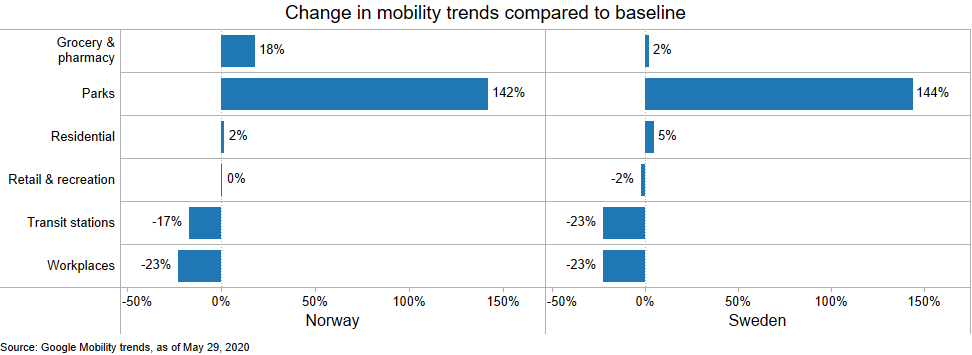
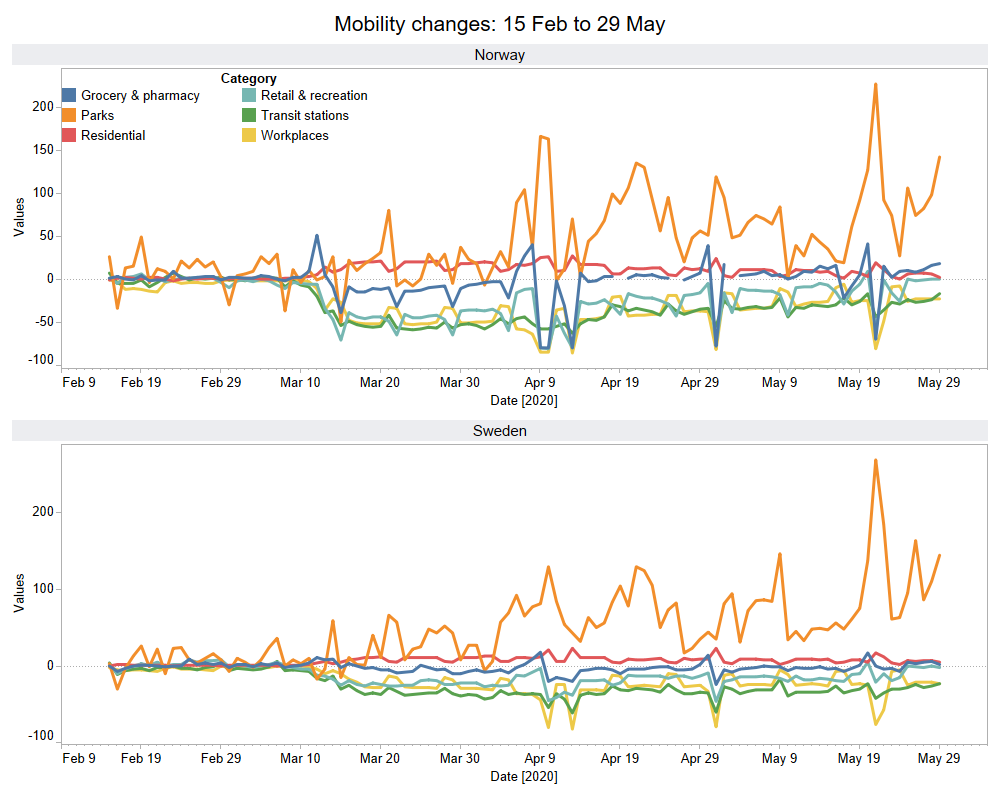
The issue is complicated. However, this data implores us to look at the actual people’s movement rather than just national-level policies. It also suggests that even a small difference can make a big difference.
Peru and Brazil
Peru’s case is equally interesting.
Let’s first look at how its response compared to Brazil, which has received a lot of flak for mishandling the crisis.
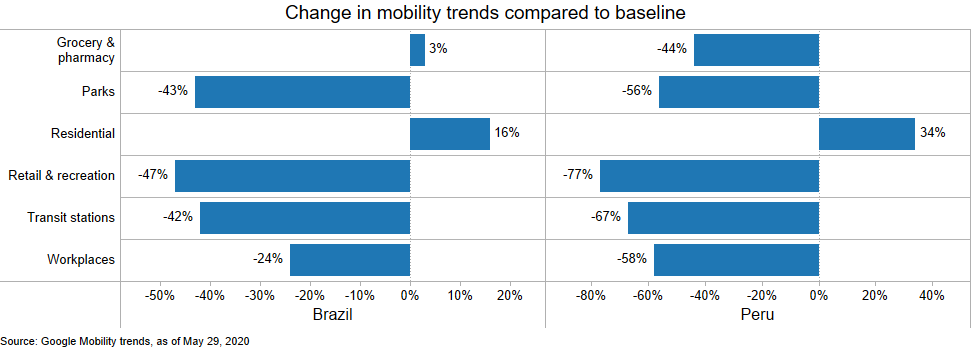

This big difference in the way Peru and Brazil responded might suggest that Peru has done significantly well. However, Peru is the second-worst affected country in Latin America with 187,400 confirmed cases and 5,162 deaths as of June 5 2020. Just a month back, the numbers were 51,189 infections and 1,444 deaths.
What explains?
One reason is that a majority of cases happened in clusters where physical distancing is difficult. Time Magazine quoted Ivan Hidalgo Romero, academic director at the Institute of Government and Public Management in Lima.
“The government’s strategy works for the 30% of Peru that is employed in the formal sector, that’s been growing economically. But there’s another 70% of Peru, which is informal, that doesn’t have access to basic services of health, education, nutrition, or to pensions and financial safety nets.”
-Ivan Hidalgo Romero, as quoted in the Time Magazine
Karnataka and Maharashtra
In the last few days, Karnataka has drawn much praise for managing coronavirus, in contrast to Maharashtra, which currently has the most number of confirmed cases in India. Maharashtra has recorded over 80,000 confirmed cases and 2849 deaths, while Karnataka infections stand at 4835 cases and a death toll of 57.
How did their lockdowns work?
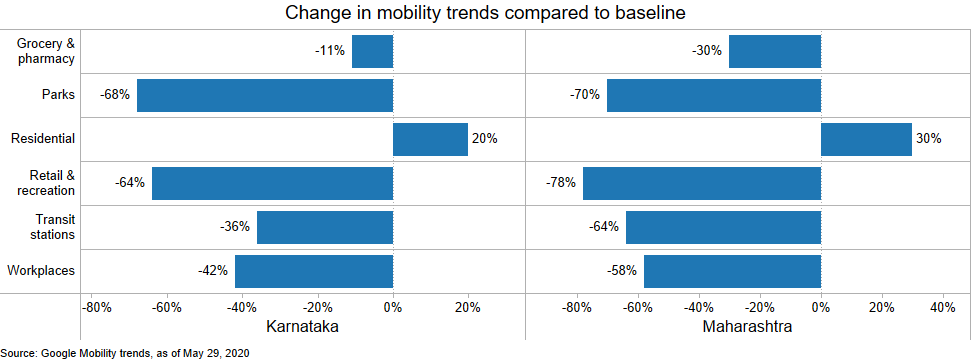

Test, test and test
The charts above highlight the importance of micro-interventions – test, trace, isolate and treat – as against macro-imposition of lockdowns.
Ever since the pandemic started in India, there has been much debate on whether India is testing enough. While diagnostics infrastructure and knowhow, constraints on who can test, availability of test kits, and logistics determine the number of tests a country performs, it’s also a function of a country’s testing strategy.
That, in turn, depends on some of the inherent limitations of testing itself. Tests are probabilistic, which means there will be false positives and false negatives. The testing strategies that various countries adopt aim to reduce the number of false positives and false negatives, and they are regularly reviewed, tweaked, and improved.
There’s nothing like a perfect strategy for all times and all places, which has made this a contentious issue.
However, within a country, there is a way to understand whether states are doing enough compared to a national average.
An ICMR report, Laboratory surveillance for SARS-CoV-2 in India: Performance of testing & descriptive epidemiology of detected COVID-19, January 22 – April 30, 2020, gives the break up of tests statewise.
Of the ten states with most confirmed cases, four states – Madhya Pradesh, West Bengal, Uttar Pradesh, and Telangana – do fewer tests per million population compared to the national average.
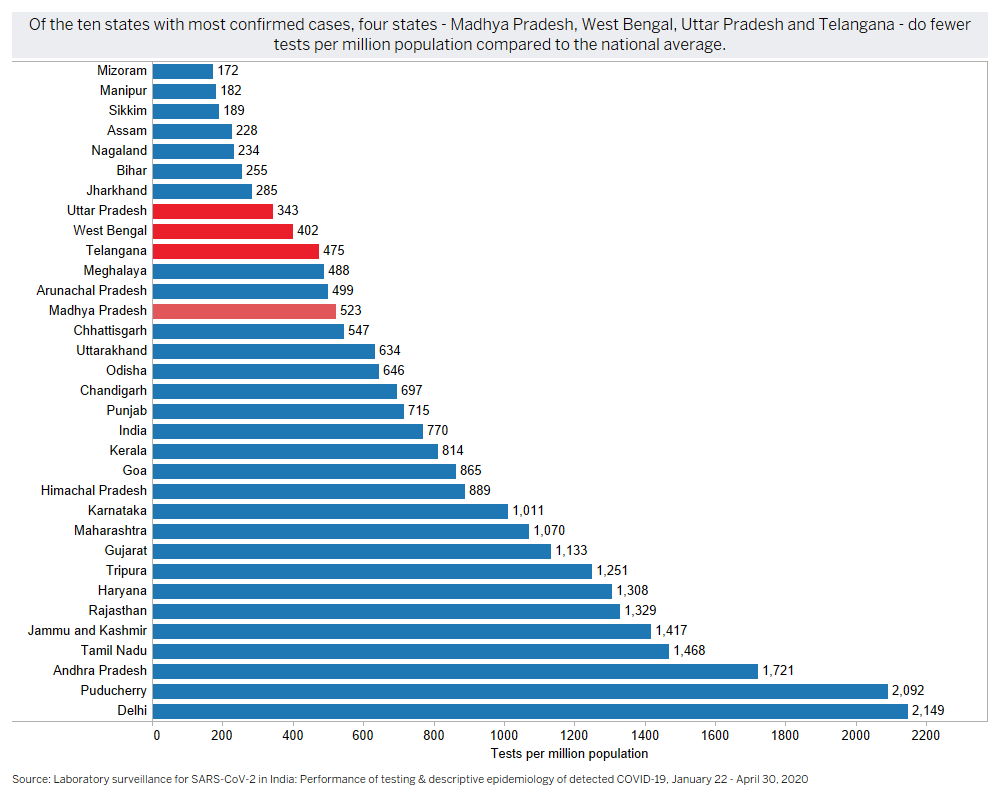
An even better indicator of the adequacy of testing is the number of positive cases that show up as a percentage of the people tested.
Six of the top 10 states with most infections – Maharashtra, Delhi, Gujarat, Madhya Pradesh, West Bengal, and Telangana – also have a high positive percentage.

Madhya Pradesh, West Bengal and Telangana feature in both the lists indicating that they have to ramp up testing.
To get the Databyte in your inbox every Sunday, subscribe here.
